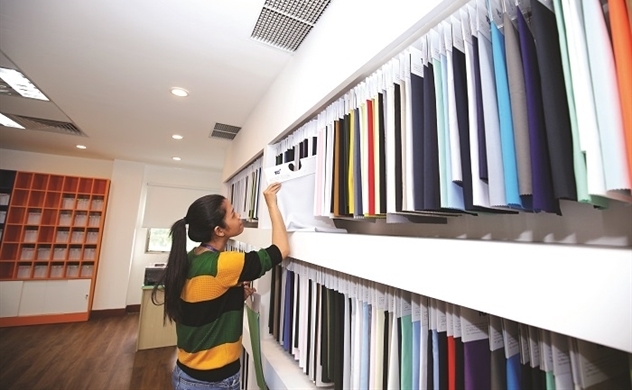Multi-national technology groups are considering Vietnam a good alternative market to replace China which is being ravaged by Covid-19.

Samsung said its factories in Thai Nguyen and Bac Ninh now have to run at full capacity to fulfill orders for Galaxy S20s.
Opportunity to turn situation to Vietnam’s advantage
With good operating results of factories in Vietnam, Samsung has more reasons to implement its "southward" strategy more strongly in the near future.
Samsung’s plan is also motivation for many other leading corporations in the world. Foxconn, one of the biggest partners of Apple, said the factories in Vietnam, India and Mexico are running at full capacity, while it is speeding up an expansion plan to minimize reliance on the production line in China.
| Vietnam, which has many top brands of the world, has an opportunity to take a step forward in the world’s technology map. It is making big progress in affirming its position as a production base. |
Vietnam, which has many top brands of the world, has an opportunity to take a step forward in the world’s technology map. It is making big progress in affirming its position as a production base.
A senior executive of Thanh Cong Textile & Garment, Investment and Trade said Vietnam could benefit from more orders from partners seeking non-Chinese suppliers.
The US Department of Commerce (DOC) reported that Vietnam’s textiles and garments market share in the US increased to 14.26 percent last year, twice as much as 2010.
Michelle Russel, an analyst at Global Data, commented that Vietnam is becoming a manufacturing powerhouse. It has a young workforce, lower wages, preferential trade policies, and logistics services with 14 major ports.
Meanwhile, Covid-19 can help Vietnam re-assess the potential of diversifying markets rather than relying on China's 1.4 billion consumer market. Opportunities can also be brought by the EVFTA trade agreement which paves the way for more Vietnamese products and services to enter the European market.
Barriers
However, experts say that Vietnam is facing a big challenge – it lacks input materials.
Vietnam’s textile and garment production relies heavily on China as the biggest fabric supplier of Vietnam. GDC reported that in 2019, Vietnam exported $1.59 billion worth of textiles and garments to China and imported $11.52 billion worth of input materials.
“Vietnam needs to ease reliance on China, but it is not easy,” said Alicia Garcia Herrero of Natixis on Nhip Cau Dau Tu.
China still held 18 percent of market share of global manufacturing exports in 2018. Although this figure represented a decrease from the peak of 20 percent in 2015, countries like Vietnam will have to spend much more time to fill the void left by China.
Mai Lan

How are Vietnamese businesses managing during the Covid-19 crisis?
While tourism, transportation and F&B sectors are suffering heavily from Covid-19, the impact on other business fields has been less severe.

Businesses propose incentives amid COVID-19 outbreak
Cutting interest rates and corporate income and added value duties, and extending loan payments and tax and social insurance collections were among the proposals raised by businesses at a seminar in Ho Chi Minh City on March 17.
 The difficulties in the global pandemic are opportunities for Vietnam to expand its role in the global supply chain.
The difficulties in the global pandemic are opportunities for Vietnam to expand its role in the global supply chain.